|
Staying fit is important and benefits your swim power but doing the same exercises over and over can get boring. If you only do one form of exercise then your body becomes accustomed to that exercise. When the body becomes so used to performing one type of movement or exercise it sort of stops responding to it or making any real progress from it. That's why I've started adding some variety to my workouts. Let me explain why it's essential and how it's making a difference.
Where does most power come from when swimming? Although swimming is an all over body workout, from a technique standpoint 'swimming with power' involves using the major muscles in your shoulders, chest, back and core. These muscles are considered some of the strongest in the body, especially for swimmers, so train and work them so you can generate more power. Use on land training workouts to build strength, power, mobility and flexibility... it will pay off BIG time in the water!
You are your training partner
Think of your body as a training partner. It follows your lead. So, if you want to get better at swimming, you need to guide it in the right direction. By trying new things, adding variety to your swim training and staying consistent, you'll start seeing improvements. It's all about challenging yourself, embracing change and watching your swimming skills improve. In a nutshell, to become a better swimmer, mix things up. Challenge yourself, try different paces and different exercises. You've got this!
1 Comment
Ultimately, the last bits of improvement don't come from the coach but from the swimmer's internal motivation, calmness and confidence, nurtured by the coaching environment. In essence, the most important element of swim coaching is the holistic development of swimmers physically, mentally and emotionally. Coaches play a pivotal role in shaping not only their swimming skills but also their character, self-esteem and overall well-being. GoodSwim aims to provide the following:
Individualised Approach Recognising that each swimmer has unique abilities, goals, and challenges. Tailoring coaching methods to meet the specific needs of each swimmer ensures optimal growth and progress. Importance of Technique Emphasising proper technique over speed, helping swimmers master fundamental skills, strokes, turns, and starts. A strong foundation in technique contributes to long-term success. Motivation and Confidence Instilling motivation and self-confidence in swimmers by celebrating their achievements, no matter how small and helping them set and achieve meaningful goals. Positive Communication Maintaining effective and positive communication to provide clear instructions, constructive feedback and encouragement that fosters trust and a positive learning environment. Adaptability Adjusting coaching methods as swimmers progress, ensuring that training plans remain relevant and challenging as skills improve. A Lifelong Love for Swimming :) When swimmers come for stroke correction the first thing they say is I am too slow, I want to swim faster. Firstly, my swimmers have to swim a lap without any instruction so I can see where their technique is at, my first comment will most likely be… OK now swim back 50% the speed you just swam. When I tell people to swim slow, they will slow down, almost pause over the water but they often still rush their arm through the underwater phrase, especially on their breathing arm. This is usually due to the lack of momentum keeping their bodies afloat and this can then often lead to a 'timing limp' in their stroke. The best way to improve your technique is to slow down and be more aware of the small changes. If you rush through movements chances are you are not feeling the water and using it to your advantage. You have to learn to swim slow and find your stability and balance through your core to feel what makes you a strong swimmer. My swimmers have to swim a couple of laps with a swim float / pull buoy between their knees because a lot of swimmers use their legs as stabilisers. The purpose of swim float / pull buoys is to create extra buoyancy for your hips and to bring your body position in line so you are more streamlined. This can help you to focus on the rest of your stroke, build core strength, slow down your stroke – and a whole host of other useful things to improve your overall swimming. Once your legs are together you become streamlined but then you become unstable so most swimmers struggle with other aspects of their swim stroke… rotation, stroke timing, arm alignment, breathing and co-ordination. If you slow down your stroke to practise breathing elements or arm entry timing, especially as a beginner, your hips and legs can begin to drop through the lack of momentum. This will render the drill useless and encourage bad positioning. This is going to help you develop a better feel for the water, which will make it so much easier to develop a more effective and balanced freestyle. Freestyle technique video. Find your balance, stability and strength slowly = stronger and faster through every stroke. REMEMBER - You have to slow down before you speed up! If you are looking to achieve a goal in your swimming get in touch and lets Get Swimming - [email protected]
Surfing fitness and paddling are one and the same as being able to swim. The benefits of being able to swim, especially ocean swim are numerous. Anyone who surfs knows that paddling endurance is essential, arm, shoulder, core and basic overall strength and flexibility. We spend more time paddling than we do actually surfing on a wave. Plus, all leashes can break at some point so being a strong swimmer is crucial, especially if you are heading out into bigger waves. Swimming requires plenty of stamina but surfers require stamina plus short bursts of energy and strength for paddle power to get out the back and onto waves. Because of this, surfers need something different from just traditional swim training if you want to build up stamina to continue paddling for wave after wave. Ideal training for surfing is swimming laps in a pool but you need some variation with drills. The best surfers in the world are all excellent swimmers. Get some good goggles and hit the pool and imagine yourself at the backline on a big day without a board. Designing your swim programs to help your surfing makes it easier to get motivated to jump in the pool and train. Due to the physical nature of surfing, pool training usually involves some kind of breath work to improve lung capacity, cardiovascular health, which also helps in keeping calm through wipeouts. Yoga training also helps the body make efficient use of oxygen, as well.
Swimmers and surfers use essentially the same muscles for propulsion but for different purposes and in slightly different ways. Freestyle swimming involves pulling the body through the water, keeping the body line long and straight while rotating the torso and kicking with the legs for more propulsion. Paddling a surfboard is similar to freestyle swimming with regard to the 'pulling' part of the stroke. Like swimming, the powerful muscles of the lats, back, arms and core are constantly engaged to paddle while keeping the body on the board and the head up.
If you want an individual swim program to help improve and enhance your surfing fitness and breath control
contact me to discuss. Drills isolate the problem, help correct the problem, help ingrain the correction. Drills are a useful part of working on form and technique in your swim. By stepping away from just swimming up and down the pool, you can focus on elements of your stroke and add the correct movement and control. You then give your speed the chance to improve through making elements of your stroke stronger. Many novice swimmers who are just starting to swim can only manage a few lengths without taking a break. To improve your swimming by just continuing to do 500 metre sets may get you faster over time but will always be limited by inefficient form, also ingraining bad habits which will prevent you from getting faster and more efficient. BUT drills and swim aids are only a tool and should be used properly and specifically. They are not to be used over mindless laps, use them with purpose to improve form and help with speed and fitness. Make sure you know why you are doing that drill and what it is aiming to improve. Drills build awareness of what your body is doing and how important different elements of your stroke affect your overall body alignment, strength and efficiency. Below is an example of the Fingertip Drag drill / Zip drill – Swim normal Freestyle dragging fingertips along the surface of water on the recovery. Focus on a high elbow recovery, which ensures proper hand and elbow position at your hand entry. You should also check your body position during this drill, focusing on good side-to-side rotation.
If you are looking to learn to swim or improve your technique and efficiency get in contact.
|
Archives
October 2023
Categories
All
|

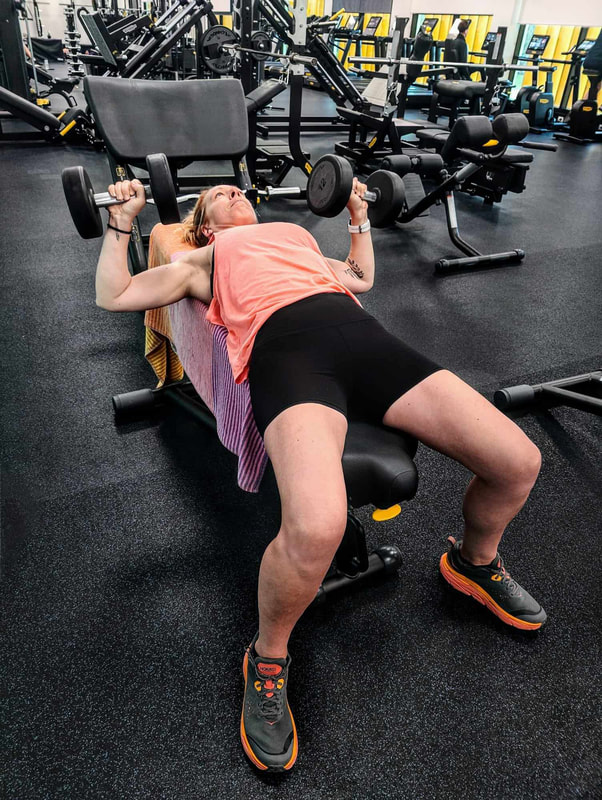
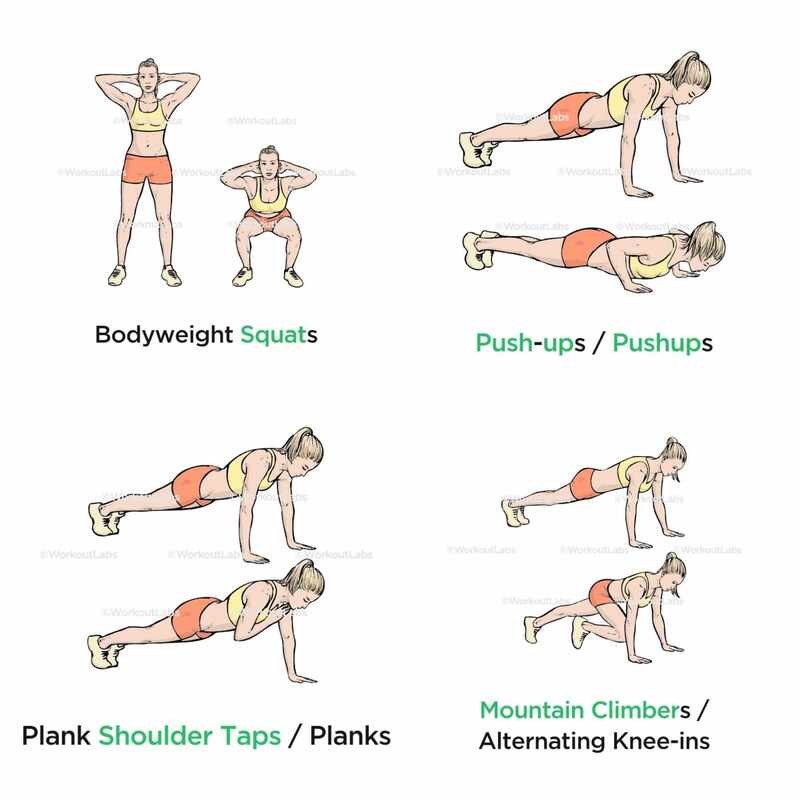
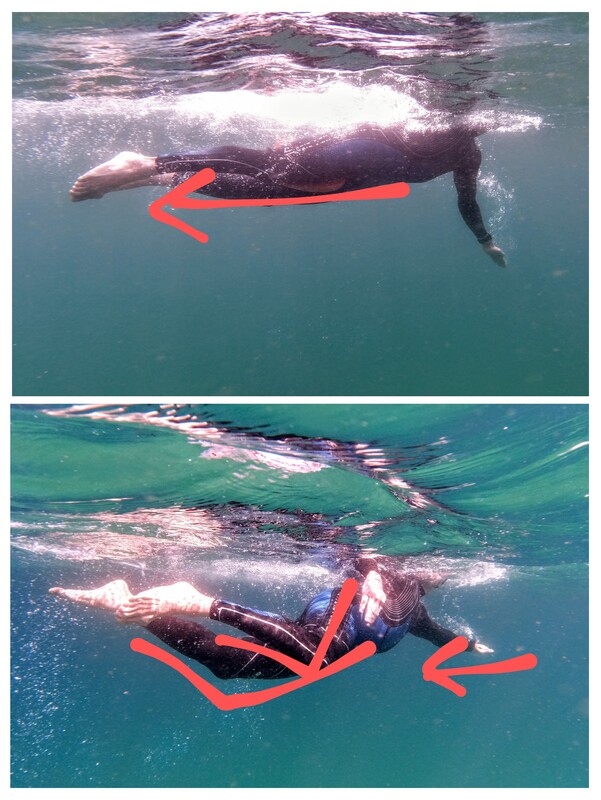
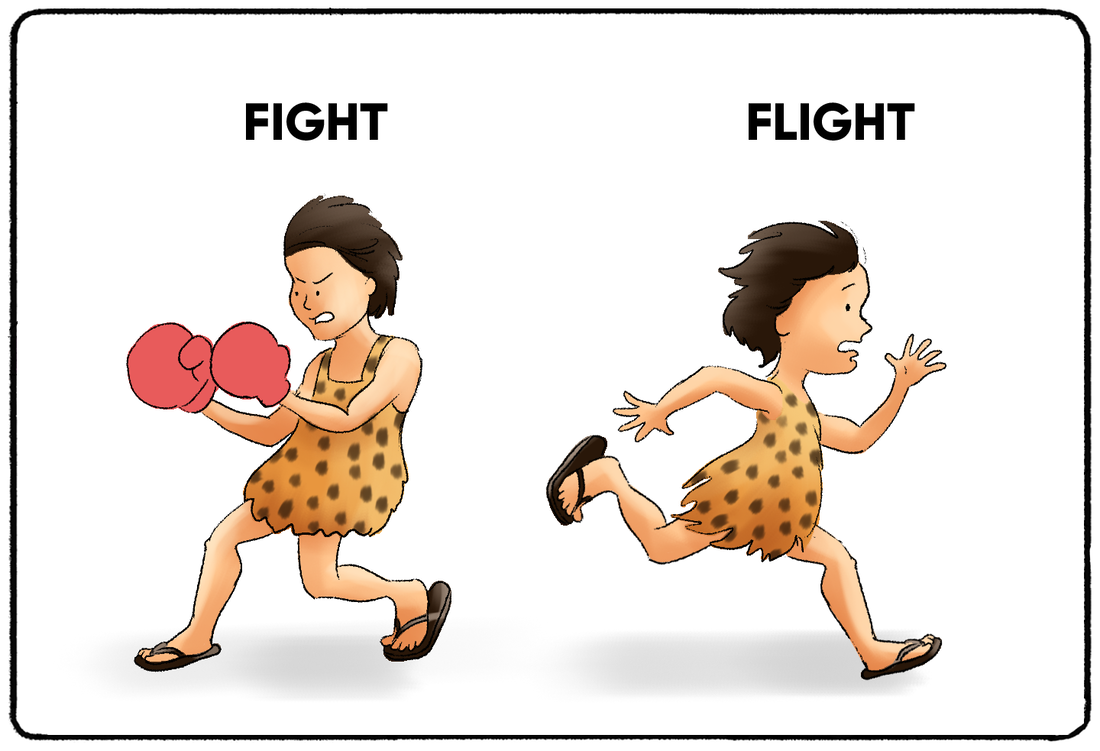
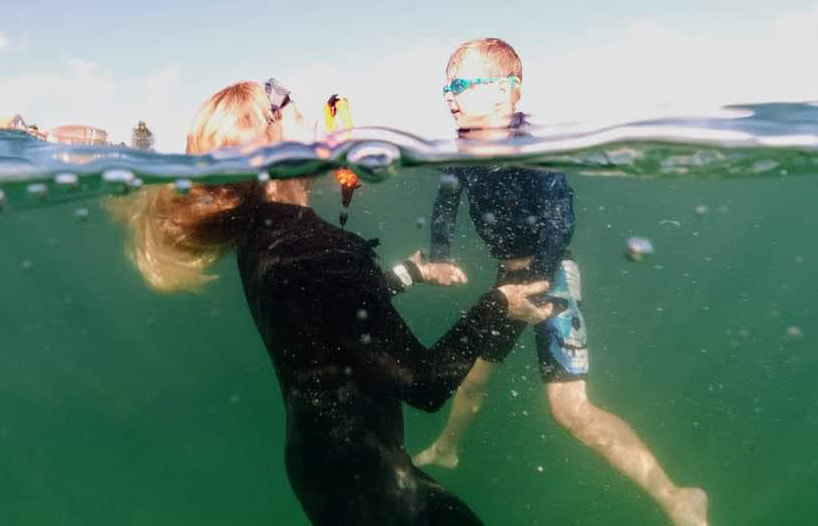
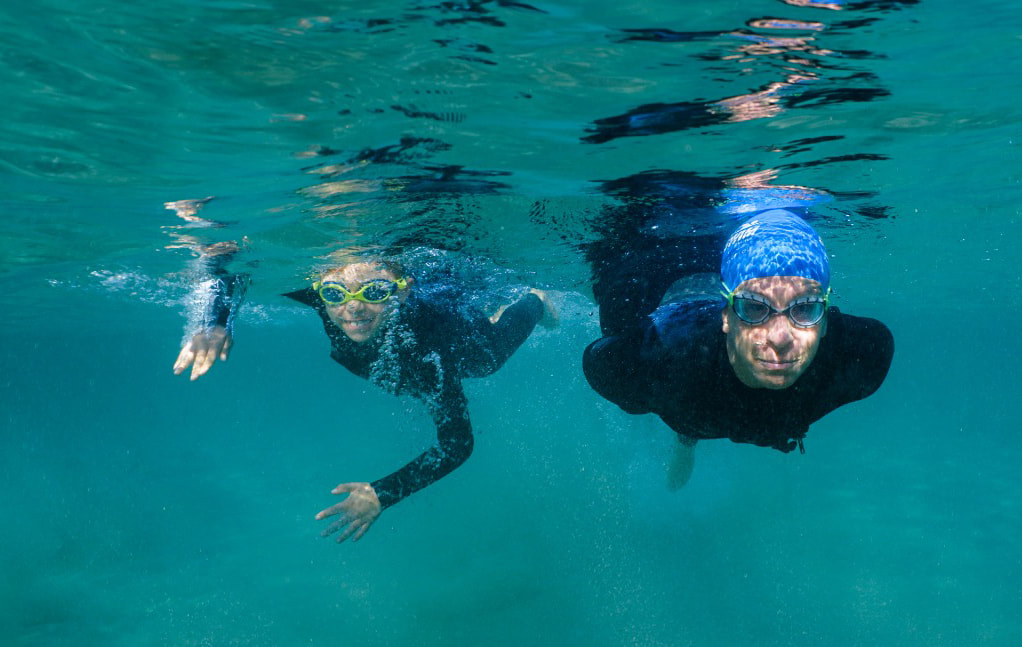
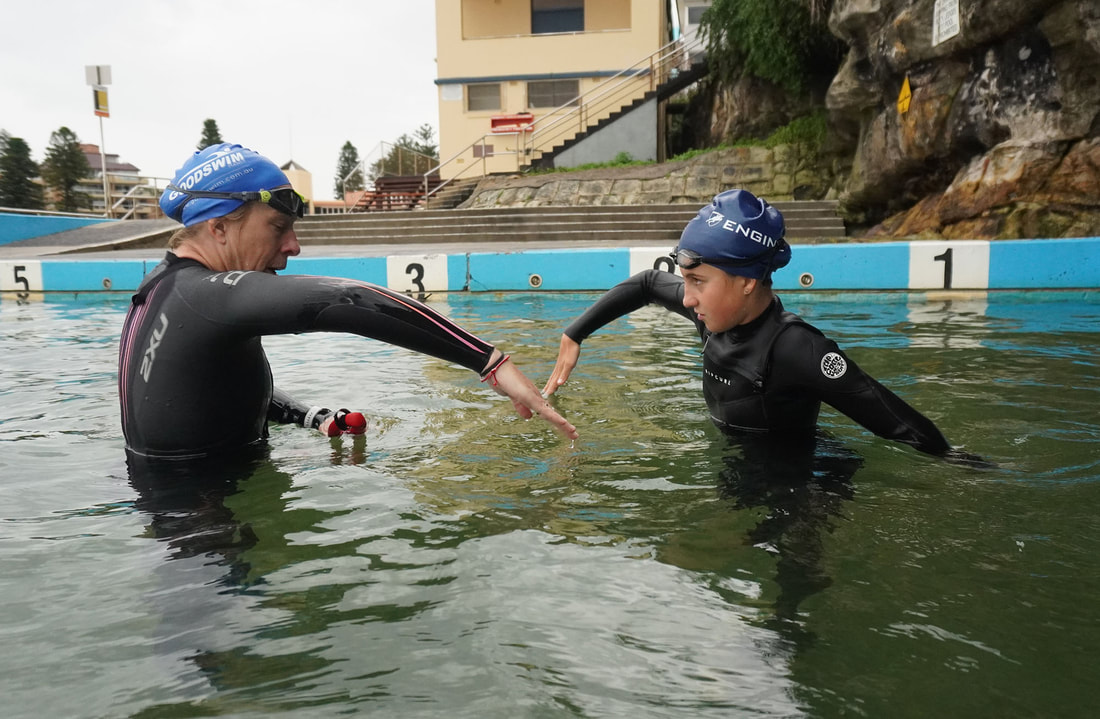

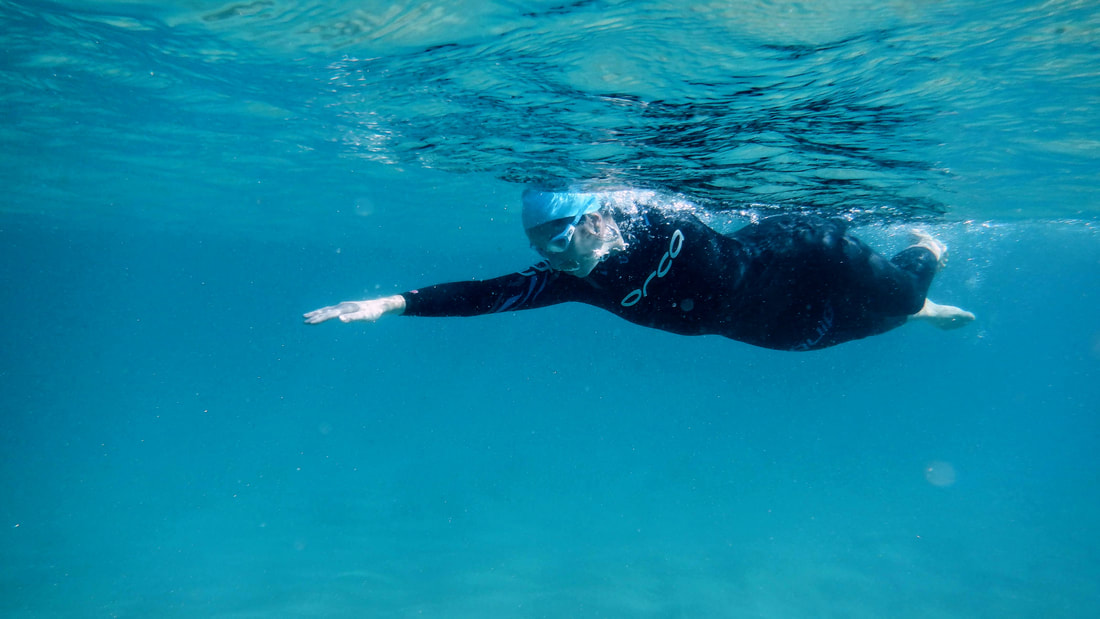

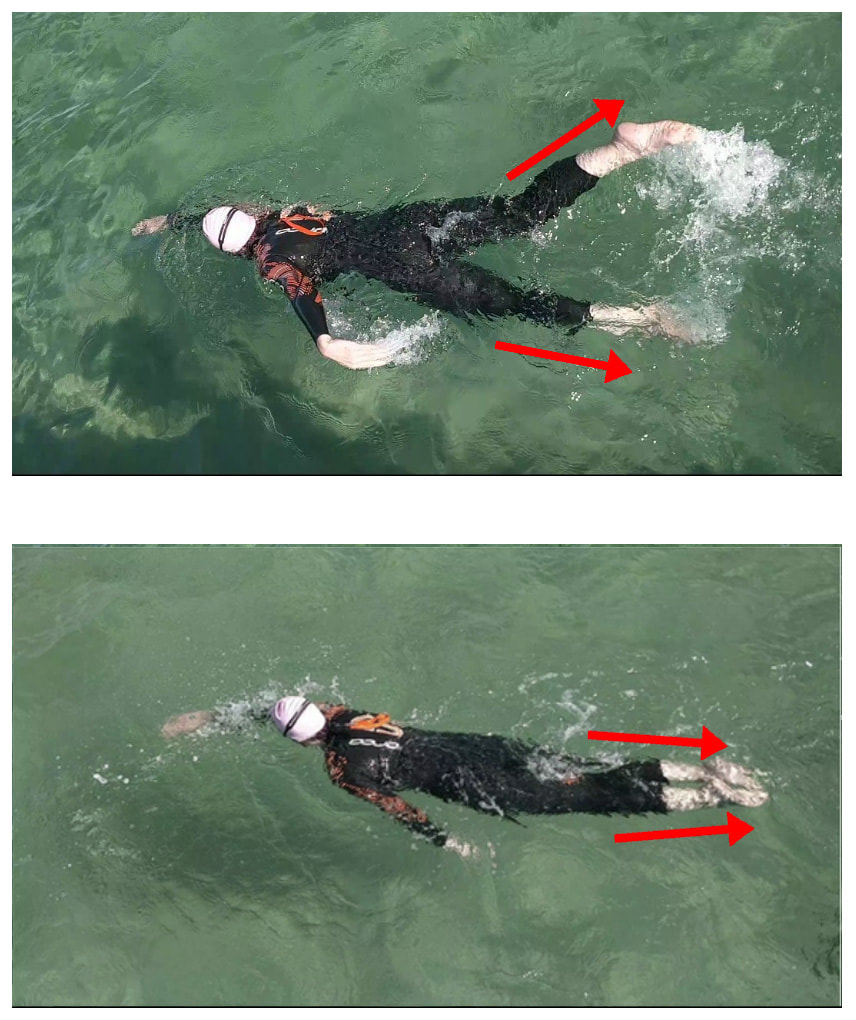
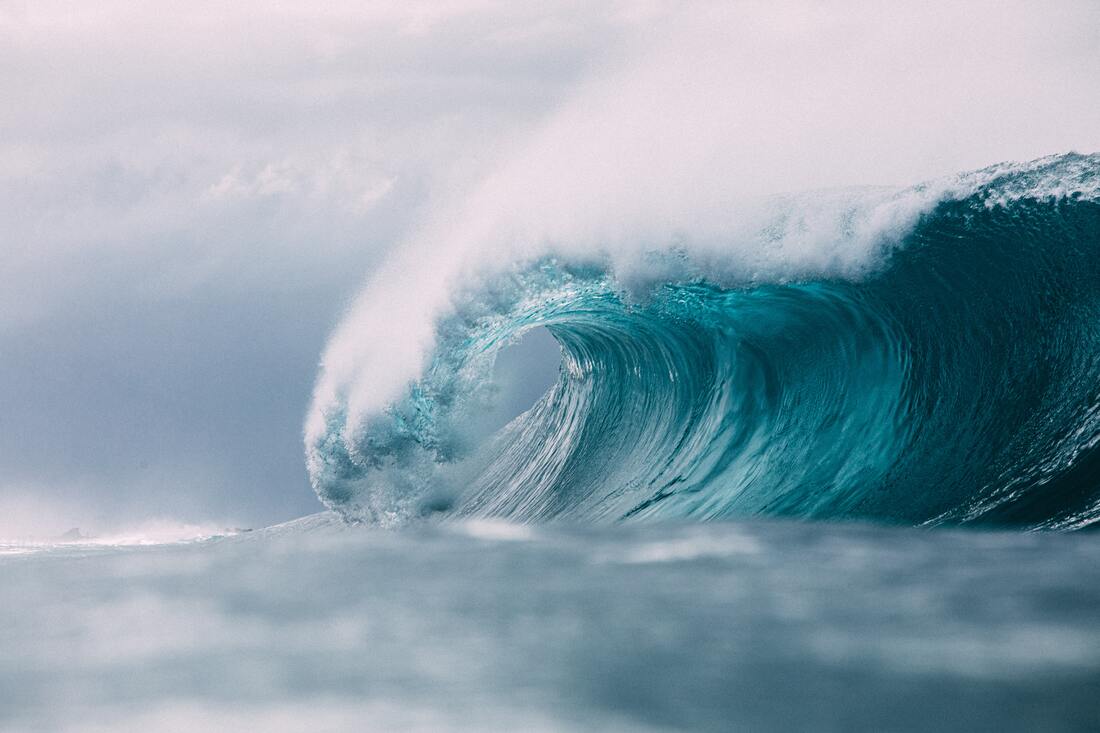
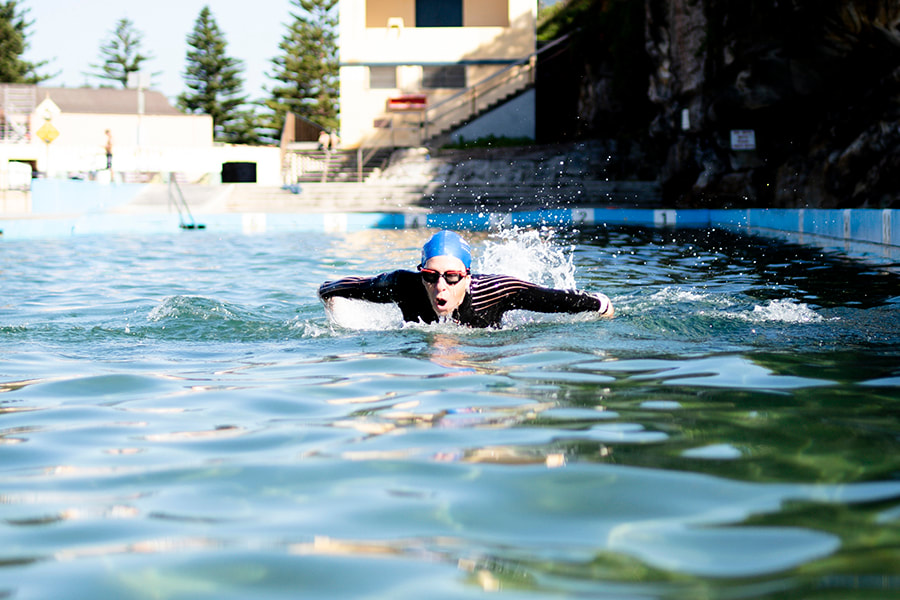

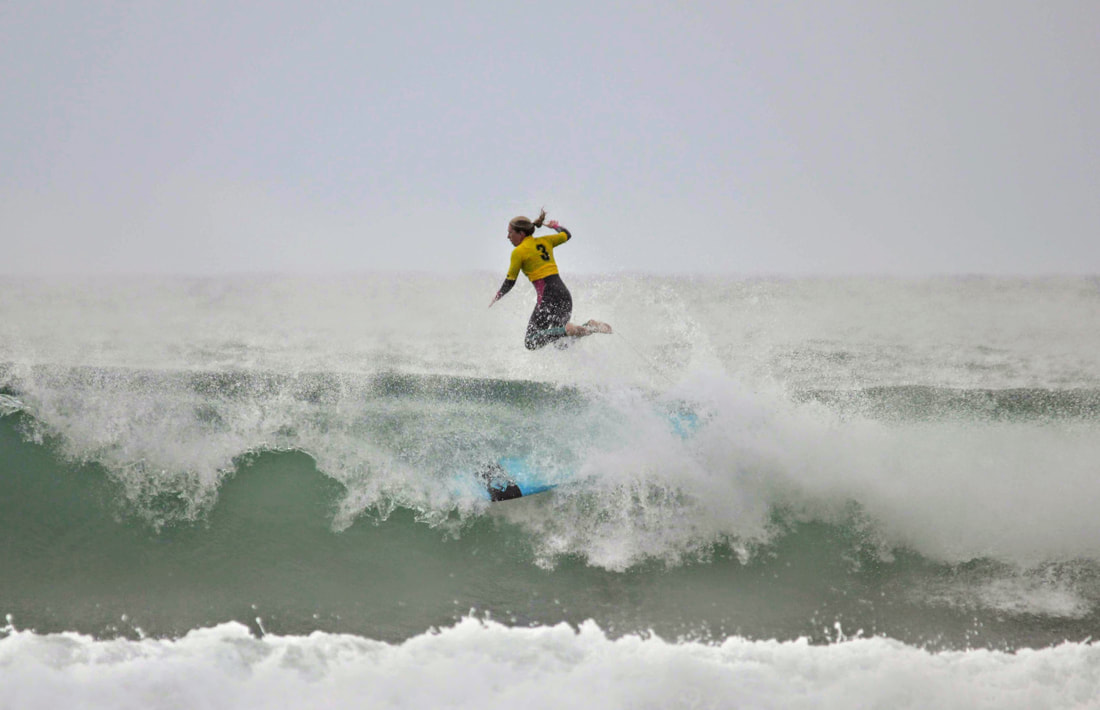
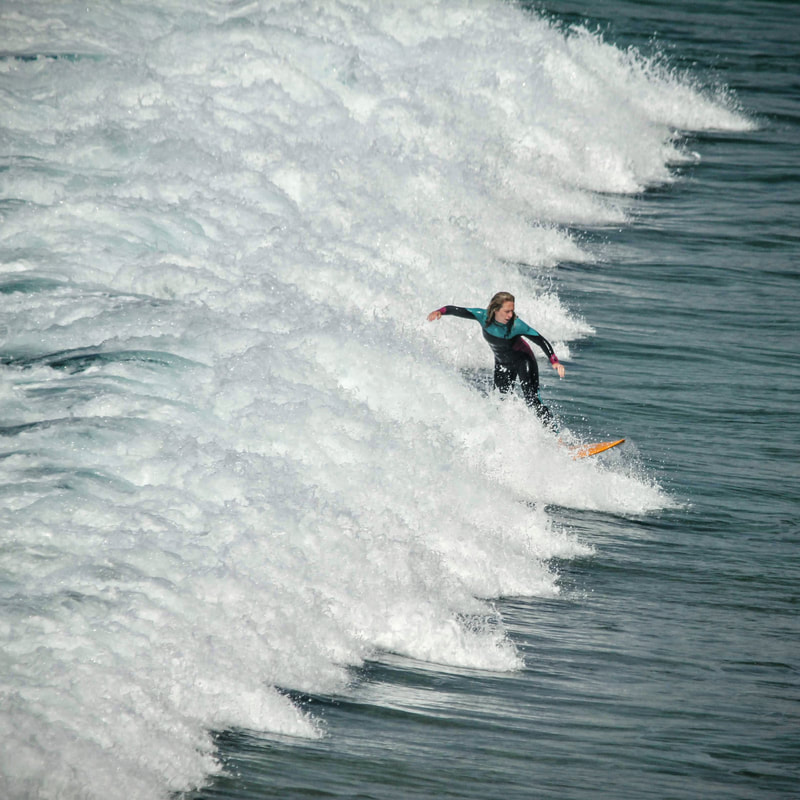
 RSS Feed
RSS Feed

